
Nursing Wages
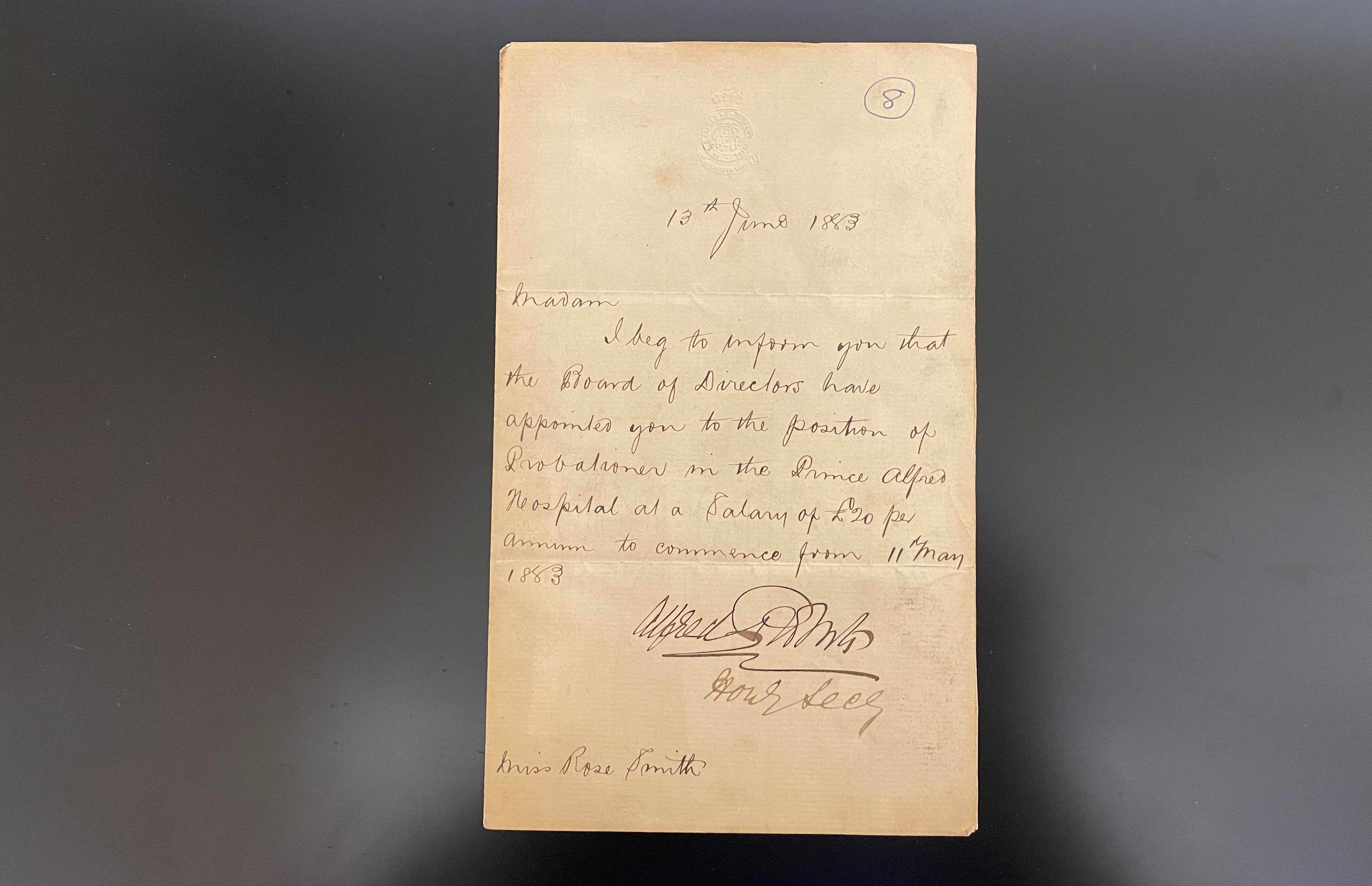
In early days there were questions about whether nurses should be paid for their work, since hospitals were for the sick poor and nurses were dedicated to the care of the sick and were receiving training. Pay was poor for many years and early nurses speak of being 'proud' they worked for so little, as their dedication to the care of the sick poor was considered more important by both themselves and their employer. As recorded in a 1900 Matron's report to the Board of Directors,
'There is an idea prevailing among the nurses that as soon as their certificates are granted they should take up work that is more remunerative than that of the Hospital. They frequently forget the trouble and expense their three years' training has been to the authorities and moreover, they lose sight of the fact that they are thoroughly trained at the end of the three years'.
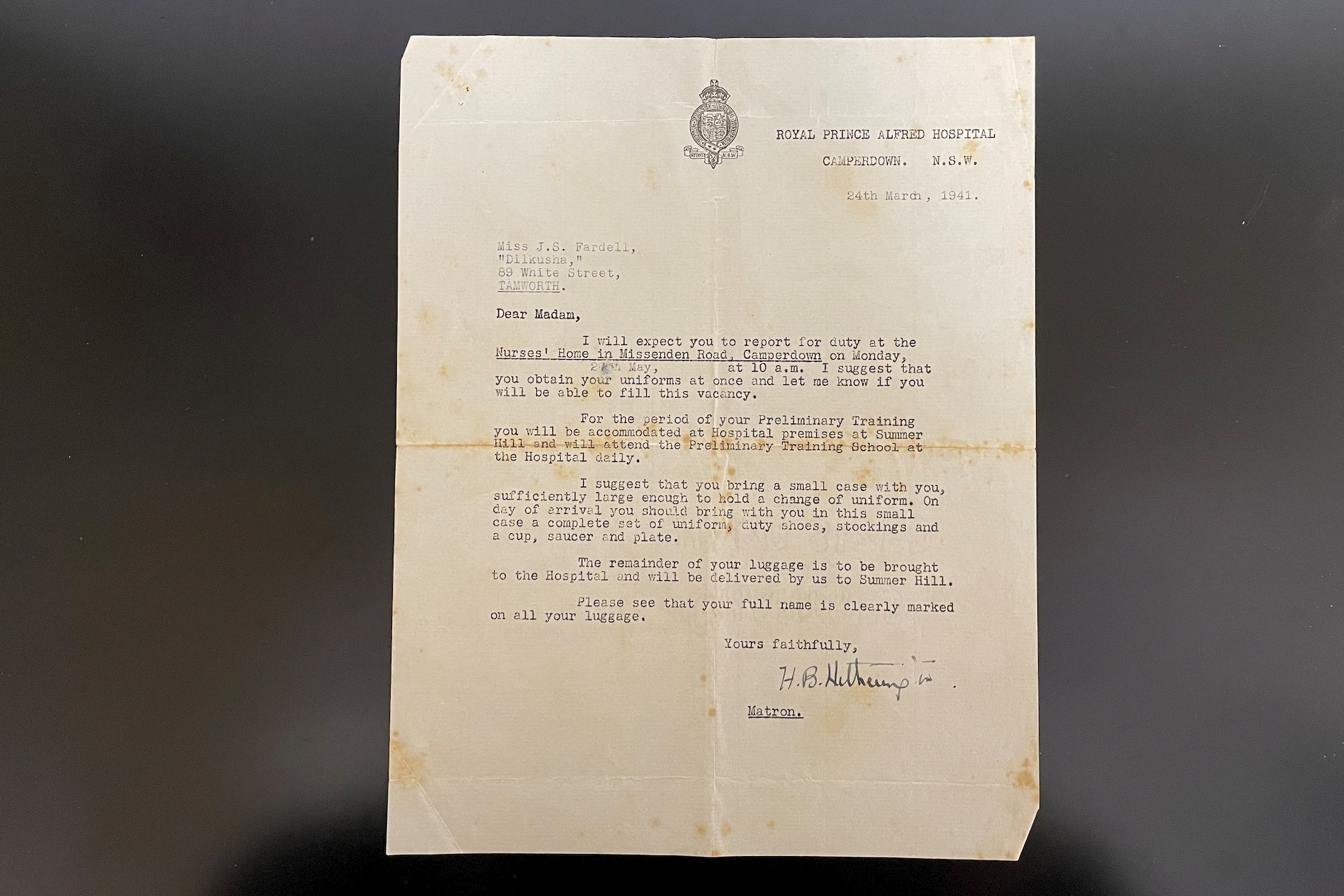
Until the late twentieth century nurses lived on site during their training and received room and board.
Approximate salaries per annum in 1882: Probationers £21.5; Nurses £35; Sister £58; Matron £150.
In comparison, a Resident Medical Officer earned £450, an Assistant Medical Officer £250 and the Dispenser £200 per annum. The 11 servants at RPA had a combined yearly wage of £325 (1 cook, 1 kitchen maid, 7 servants and 2 laundresses).
In 1892 the annual leave allowance increased from 14 to 21 days, later increasing to 28. One day off each month increased to one day off each week, then to one day and a half each week. Night nurses were relieved of duty at 7.30am instead of 6.30am.
The position of wardsmaid was created in 1902. These women took over the heavy cleaning previously carried out by probationer nurses.
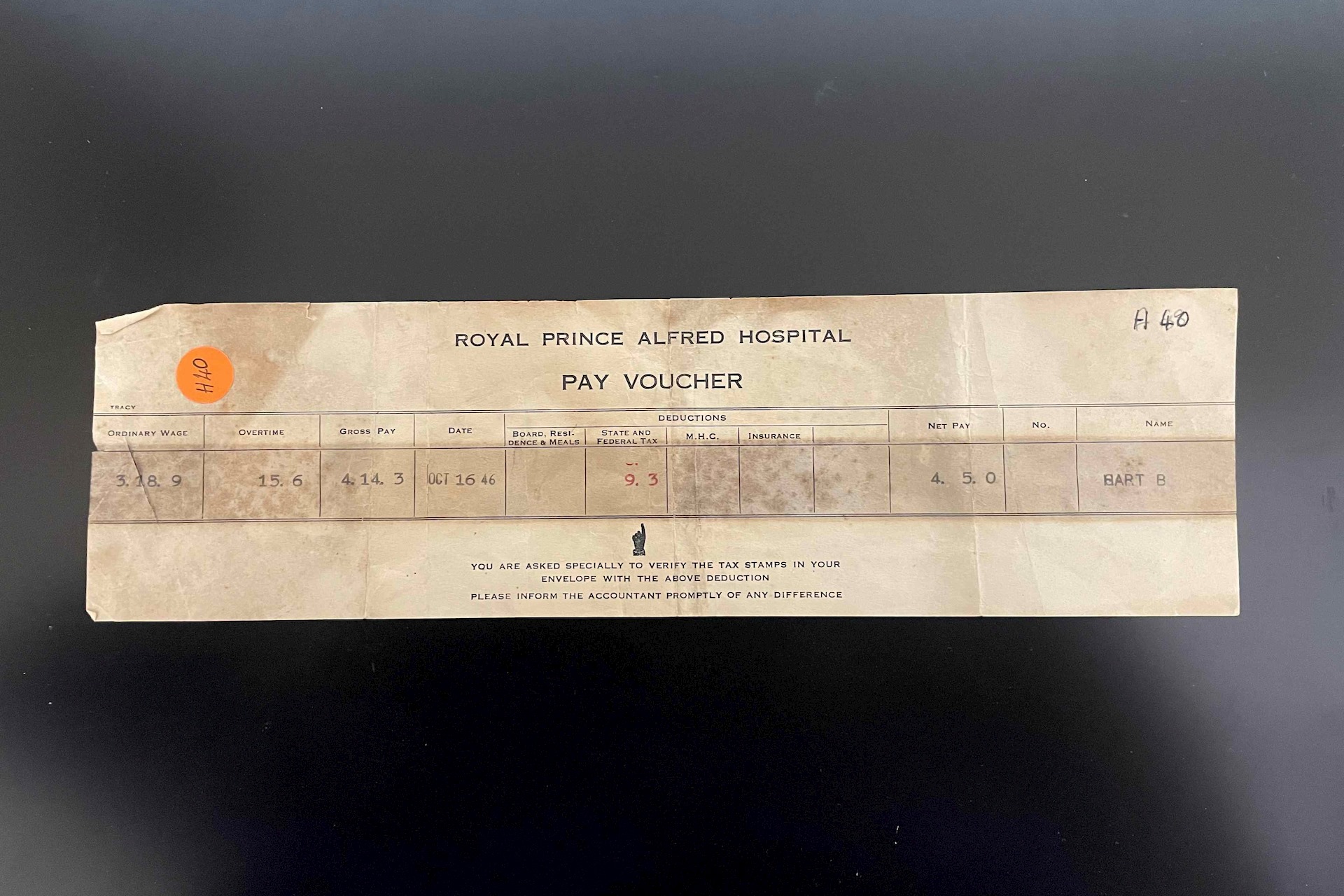
In 1911, concerns were raised that the nursing staff was being overworked due to the arrival of new technologies such as X-ray machines and an increase in more invasive surgeries. There were also many cases of Typhoid Fever leading to several nurses becoming sick. This led to an investigation by a committee of Board members and doctors resulting in some improvement in working conditions, with increases in nursing staff and more time off duty.
In 1920, RPA nurses received a pay rise making their salaries on par with Sydney Hospital. Their allocated one day off per week was extended to a day and a half.
The NSW Nurses' Registration Board was formed in 1924 with the need to rationalise nurse training and examinations. Many lectures were given by doctors, so that nurses had some knowledge of the specialist areas to which they were sent. Most of the training was imparted by ward sisters and senior nurses in a strictly hierarchical ward and hospital structure.
During the Great Depression in Australia (1929-32) there were high levels of unemployment amongst nurses. Two-hundred beds closed at RPA and the numbers of nurses were reduced - many were given extended leave without pay.
A group of Matrons formed a Nurses' Association in the early 1930s to discuss nurses' working hours. This Association advocated for improvements in the working conditions of nurses and pushed for payment for overtime worked.
In the 1940s time off was extended to 48 hours which could be taken as two full days if the Ward Sister was able to manage the roster suitably. Time off for special occasions was now sometimes possible.
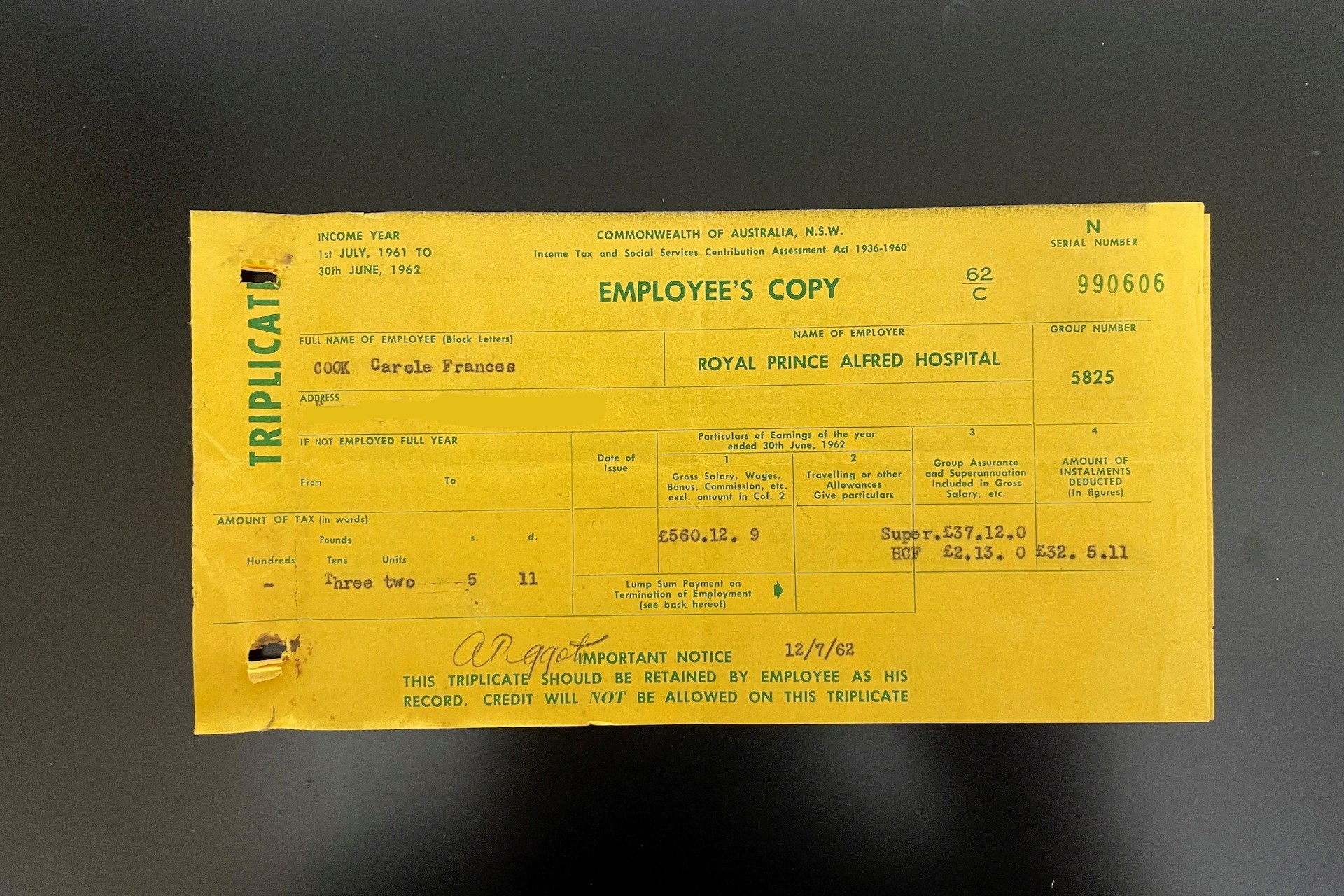
The 44-hour working week was introduced under the Industrial Arbitration (Amendment) Act of 1932, but this was not implemented at RPA until 1936. One nurse who trained in the 1930s recalled,
Resignations came thick and fast because we were so tired and miserable, but a sympathetic matron encouraged us to reconsider.
Until the Nurses' Award of 1937, timesheets did not exist. A 1930s trainee remembered,
It was a seven day week but if there was noone to relieve us during our time off, we could work ten days or more before being relieved of duty… to ask for rights and privileges was unheard of. We obeyed the rules. Uncomplaining acceptance of abrupt orders and harsh reprimands were part of our day.
Nurses were expected to view nursing as their main life interest and had very few rights. The Nurses' Home was a place in which a nurse did not introduce her friends or family except during special events.
Day duty in the 1930s commenced at 6am and finished at 8.30pm with a break/pass of 3-4 hours, and 20 minutes 'Room Time' at 9am. Night duty was 8.30pm-6am with ten nights on and two off.
In 1936 an NSW Nurses' Award was created in the Industrial Court. The award increased the wages for trainee nurses and sisters and decreased the number of hours worked. It was challenged by many hospitals including RPA which argued it would cost an extra £11,000 per year to accommodate the conditions of the new award. The Commission found that,
...no evidence has been produced that any hospital has exploited these young women (trainees) by requiring them to perform arduous work under the guise of training or that any system exists of using trainees as a cheap method of getting the necessary work of the hospital done.
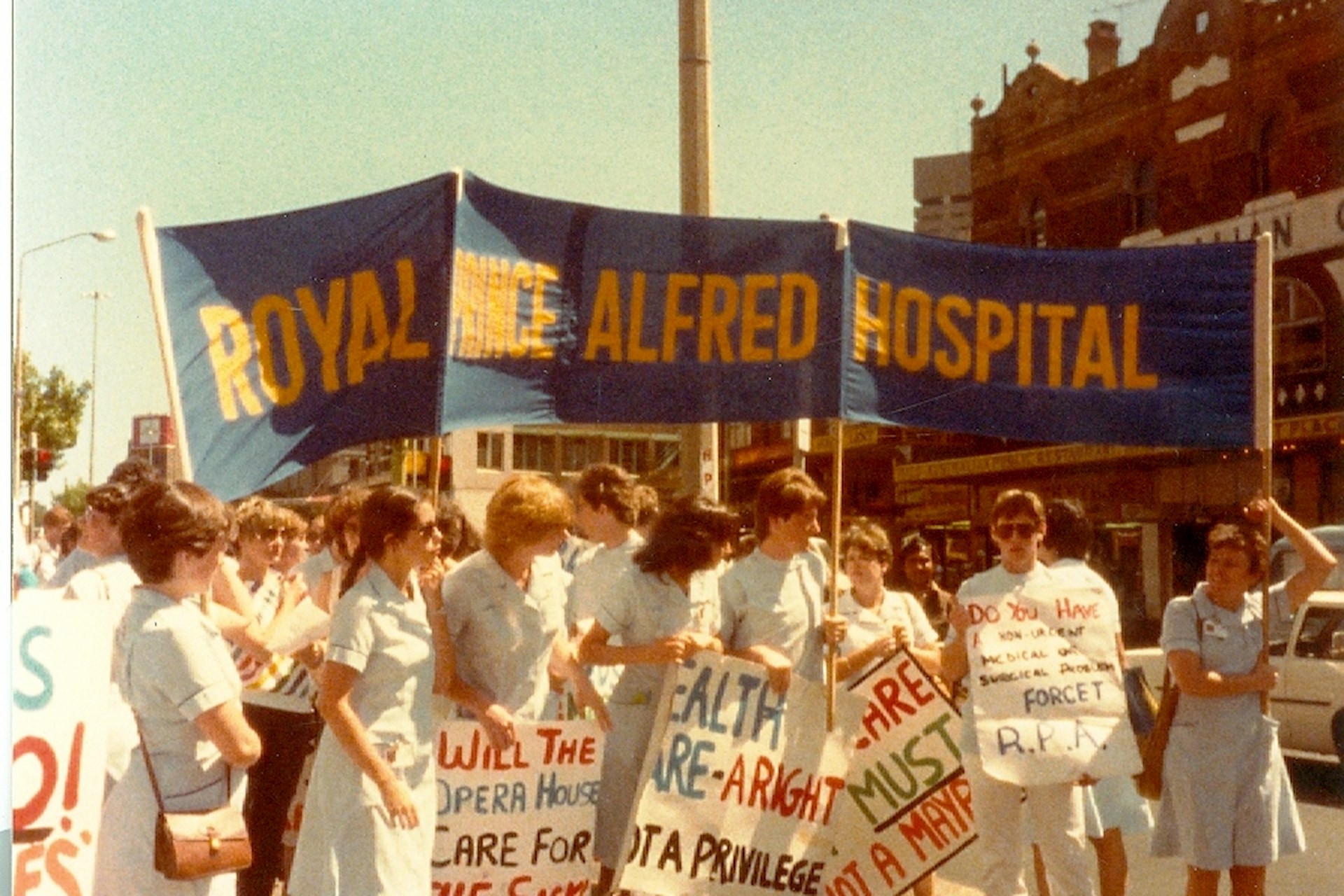
Under the new award, the rates of pay were between £85 and £130 for trainee nurses.
In 1947 the NSW Nurses' Association presented a successful case to the Industrial Commission for improved salaries for trainee nurses. However, in 1953 the decision was reversed with the inclusion in the award of lower living standards and reduced annual leave for nurses. A salary rate for male nurses 20 per cent above the rate for female nurses was also introduced. The first male nurse was employed in 1966.
In the post-war years hospital funding continued to be an issue. Nurses were often asked to volunteer their time to collect for the Hospital Saturday Appeal and in the RPA Auxiliary Tearooms at Sydney Showground. Their ongoing willingness to work long hours with low pay allowed RPA to provide a reputable and high-quality service.
By the 1970s trainee nurses were earning between $1900 and $2808 per year. In their first year of service (post-training) their wage was $3627 per year and after five years wages were $4316 per year. These numbers do not include penalty rates for weekends and nights. The average yearly Australian wage in 1974 was around $5400.
Sources: 'The First Fifty Years' by Dorothy Mary Armstrong (1965); 'The Second Fifty Years' by Helen Croll Wilson (2000); The Life and Times of Royal Prince Alfred Hospital, Sydney, Australia by Muriel Knox Doherty (1996); Australasian Trained Nurses' Journal; The Sydney Morning Herald; RPA Museum.